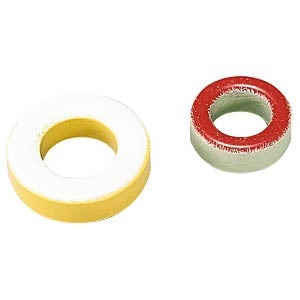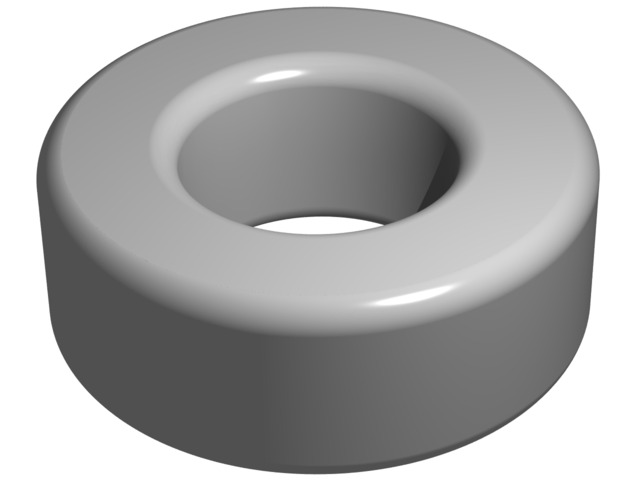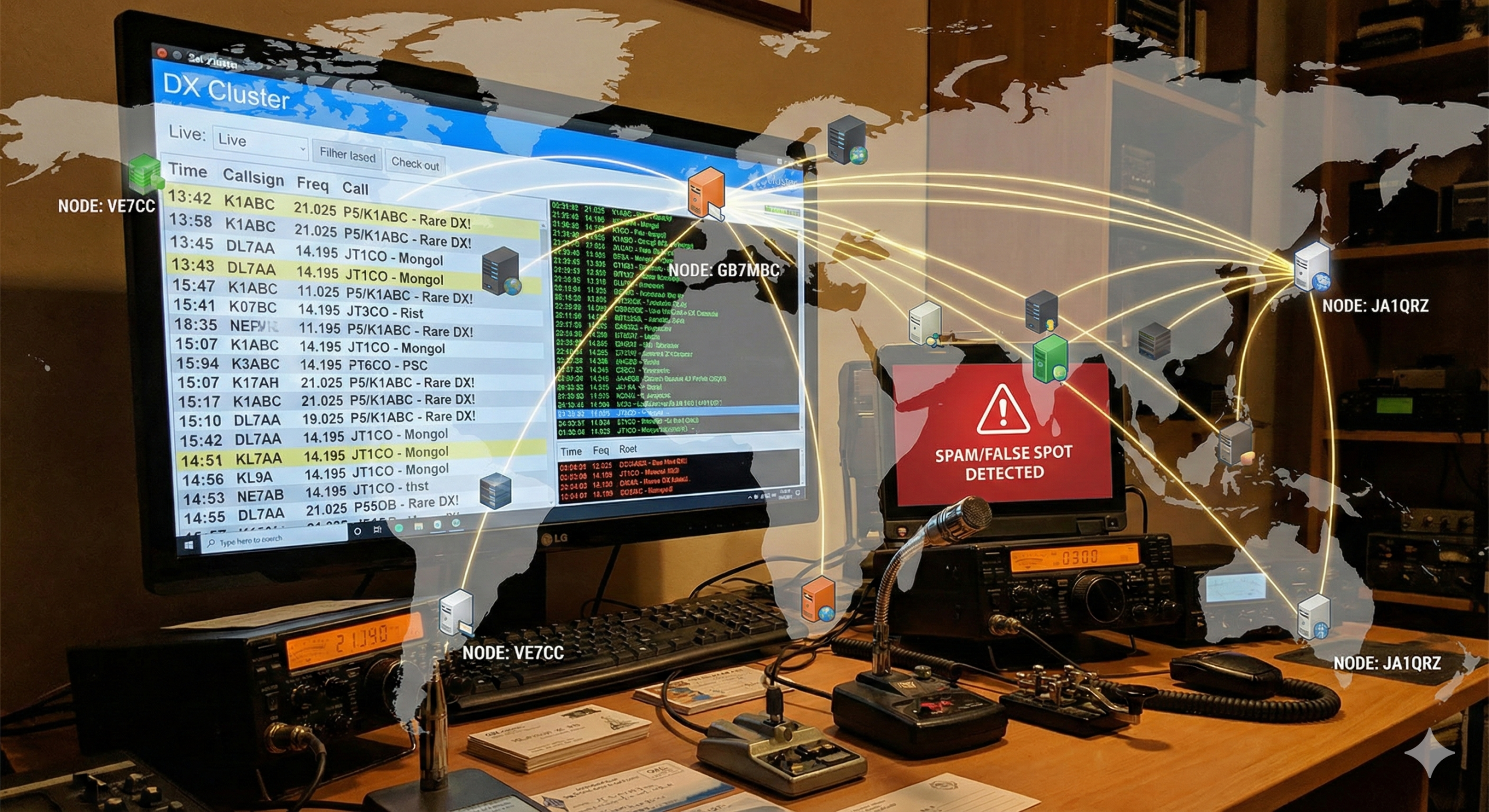Harnessing Toroids for Antenna Construction: Exploring the Power of LC Tuned Circuits
Introduction:
When it comes to building antennas, employing the right components can make a significant difference in performance and efficiency. One component that plays a crucial role in antenna design is the toroid. In this blog post, we delve into the world of toroids and their utilization in LC tuned circuits, shedding light on their importance and effectiveness in antenna construction.

SEO Tags: Toroids, antennas, LC tuned circuit, antenna design
- Understanding Toroids and Their Benefits:
A toroid is a donut-shaped magnetic core typically made of materials like ferrite or powdered iron. Its unique shape and magnetic properties make it ideal for various applications, including antenna construction. Toroids offer advantages such as compact size, high magnetic permeability, low losses, and excellent ability to concentrate magnetic fields. These characteristics make toroids an excellent choice for implementing LC tuned circuits in antennas. - The Significance of LC Tuned Circuits:
An LC tuned circuit consists of an inductor (L) and a capacitor (C) connected in parallel or series. This circuit configuration allows for precise frequency tuning and impedance matching, leading to enhanced antenna performance. LC tuned circuits are employed in numerous antenna designs to improve bandwidth, selectivity, and overall efficiency. The inductor, often implemented using toroids, plays a vital role in achieving the desired resonance and impedance characteristics. - Utilizing Toroids in LC Tuned Circuits:
Toroids are commonly used as inductors in LC tuned circuits due to their ability to store and concentrate magnetic energy efficiently. The toroid’s unique shape allows for multiple turns of wire to be wound around its circumference, increasing the inductance value. The controlled magnetic properties of toroids enable precise tuning and impedance matching, contributing to optimal antenna performance. - Design Considerations for LC Tuned Circuits:
When incorporating toroids in LC tuned circuits for antennas, several key factors should be considered. These include selecting the appropriate toroid material and size, calculating the number of turns required to achieve the desired inductance, and determining the optimal capacitance value. Careful consideration of these parameters ensures the LC tuned circuit resonates at the desired frequency, maximizing antenna efficiency and performance. - Exploring Applications and Benefits:
LC tuned circuits utilizing toroids find applications in various antenna designs, including dipole antennas, loop antennas, and multi-band antennas. By employing toroids in these circuits, antenna builders can achieve improved impedance matching, reduced signal loss, and enhanced selectivity. This leads to better signal reception, increased signal strength, and overall superior antenna performance.

Conclusion:
Toroids are indispensable components in the construction of antennas, particularly when implementing LC tuned circuits. Their magnetic properties, compact size, and ability to concentrate magnetic energy make them ideal for achieving precise frequency tuning and impedance matching. By utilizing toroids in LC tuned circuits, antenna builders can enhance antenna performance, resulting in improved signal reception and overall efficiency. As you embark on your antenna-building journey, remember the power of toroids and the significant role they play in optimizing your antenna’s capabilities.







Post Comment